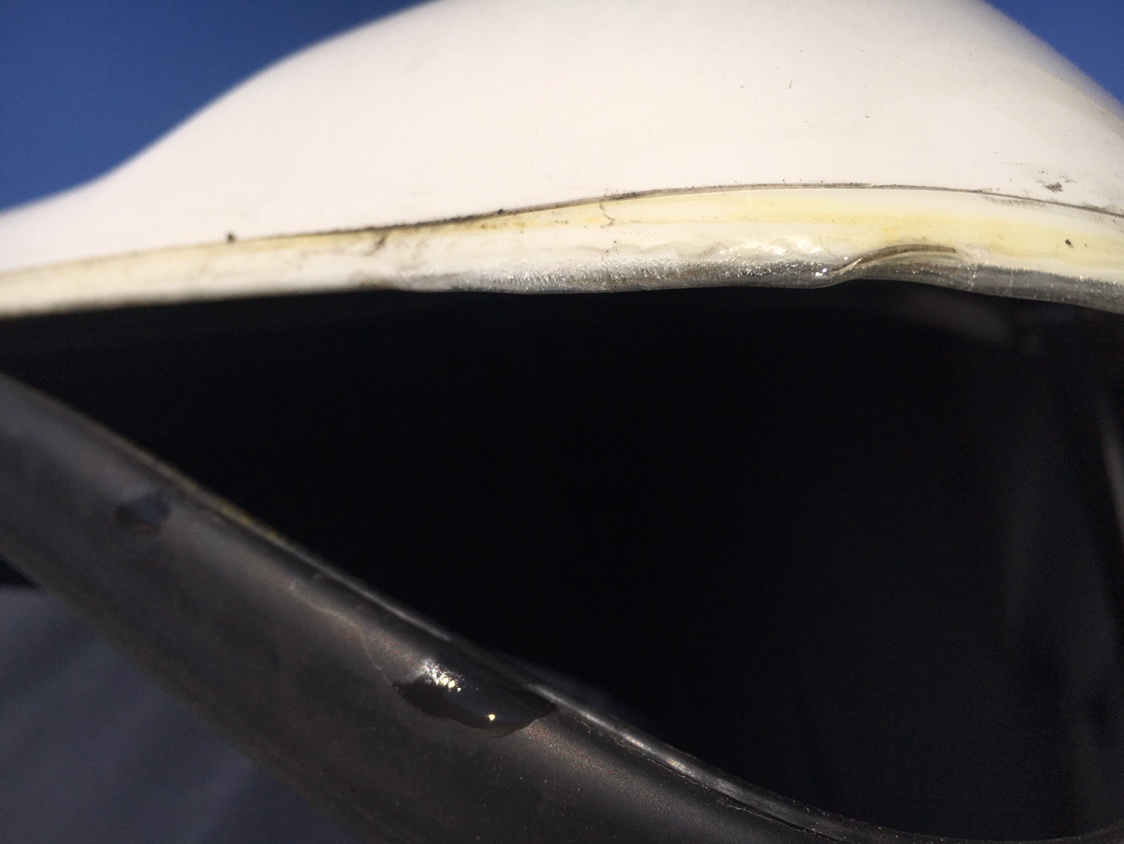Bramco
VIP Member
- Messages
- 793
- Vehicle
- T5 Beach
I wouldn't - yours should have the tape applied - it forms a seal between the rubber and steal seal and the aluminium roof. The corrosion starts in the presence of water when a piece of steel from the seal pokes through the rubber, thus coming in contact with the aluminium roof - unless the tape is in place of course. Which is now the case as it is done as the vans are manufactured.Do I have to start peeling back the rubber seal?















